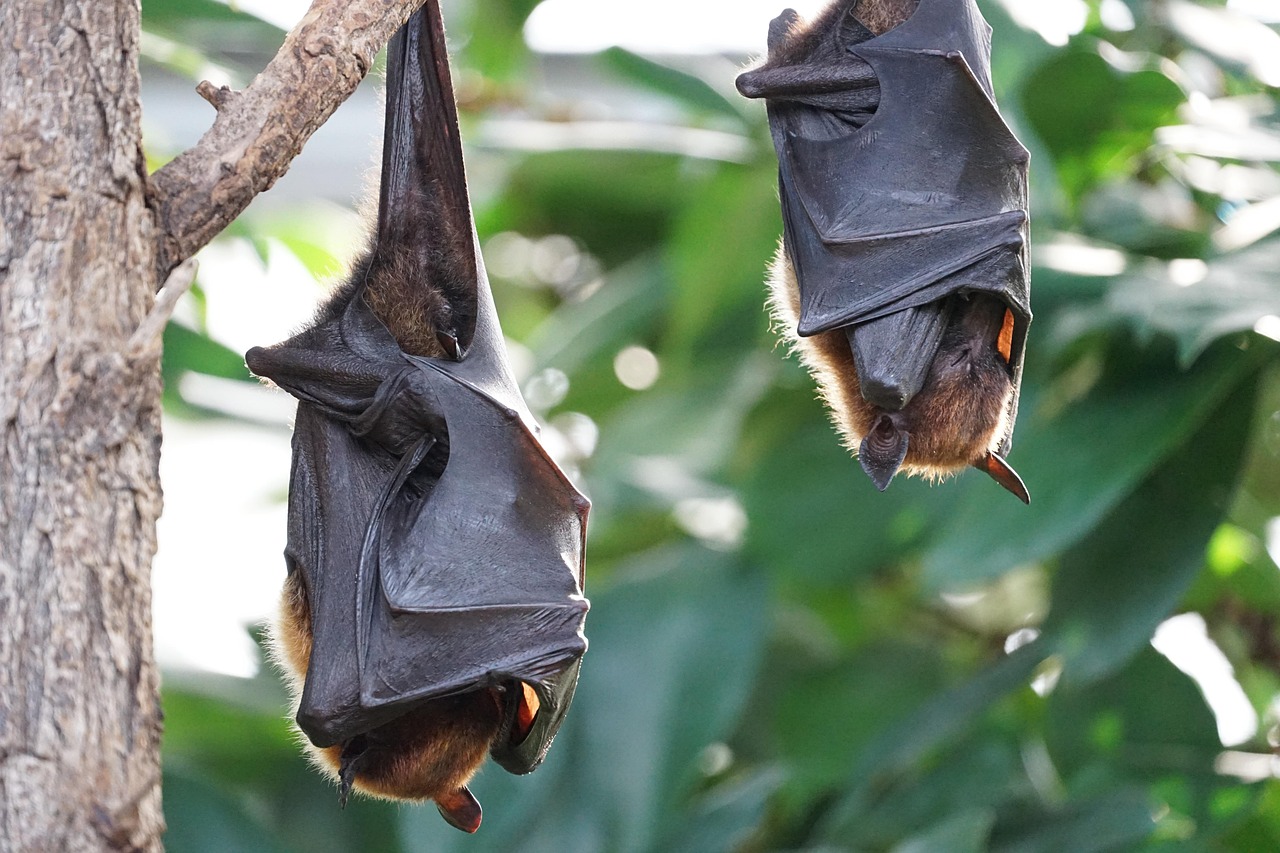Unraveling the Mystery of Echolocation in Bats
Bats are renowned for their unparalleled ability to navigate in the dark, thanks to the fascinating biological phenomenon known as echolocation. This unique capability enables them to conquer the night skies, deftly avoiding obstacles and hunting down their prey. While echolocation is commonly associated with bats, it's far from exclusive to them. Yet, it is the bats' mastery of this skill that truly sets them apart. This article delves into the intricate world of bat echolocation, tracing its historical discovery and current research findings, along with its influence on human innovation.

A Brief History of Echolocation Discovery
The concept of bat echolocation was first proposed in the late 18th century by Italian scientist Lazzaro Spallanzani. He conducted experiments suggesting that bats relied on some form of sensory perception other than sight to navigate. However, it wasn’t until the 1930s that American zoologist Donald Griffin confirmed Spallanzani’s theories, solidifying the concept of bat echolocation in the scientific community.
How Echolocation Works in Bats
Echolocation involves emitting high-frequency sound waves that bounce off objects in the environment and return to the bat as echoes. By interpreting these echoes, bats can construct a detailed sonic map of their surroundings, enabling them to navigate and hunt with precision. The sound waves bats emit are usually ultrasonic, beyond the range of human hearing.
The Role of Echolocation in Bat Behavior
Echolocation is instrumental in how bats interact with their environment. It aids in their nocturnal lifestyle, allowing them to locate food, avoid predators, and navigate complex environments. Different species of bats have developed unique echolocation calls, tailored to their specific habitats and prey.
Latest Research and Developments
Recent research into bat echolocation has revealed even more astonishing details about this intricate process. For instance, scientists have discovered that bats can fine-tune their echolocation signals in real-time, adjusting the frequency, duration, and intensity of their calls to suit changing circumstances. This dynamic adaptation showcases the bats’ incredible acoustic flexibility.
The Impact of Echolocation on Human Innovation
The concept of echolocation has significantly influenced human innovation, particularly in the development of sonar (Sound Navigation and Ranging) technology used in submarines and ships. By mimicking the principles of echolocation, sonar systems can detect underwater objects and navigate the ocean depths. The ongoing study of bat echolocation continues to inspire advancements in sensory technology, underscoring the value of understanding these extraordinary creatures.
In conclusion, the world of bat echolocation is an intriguing blend of biology, physics, and evolution. It showcases the remarkable adaptability of bats, their vital role in maintaining ecological balance, and their significant influence on human technological progress. As research continues to uncover the complexities of this unique sensory system, we can look forward to even more fascinating insights into the mysterious world of bats.




